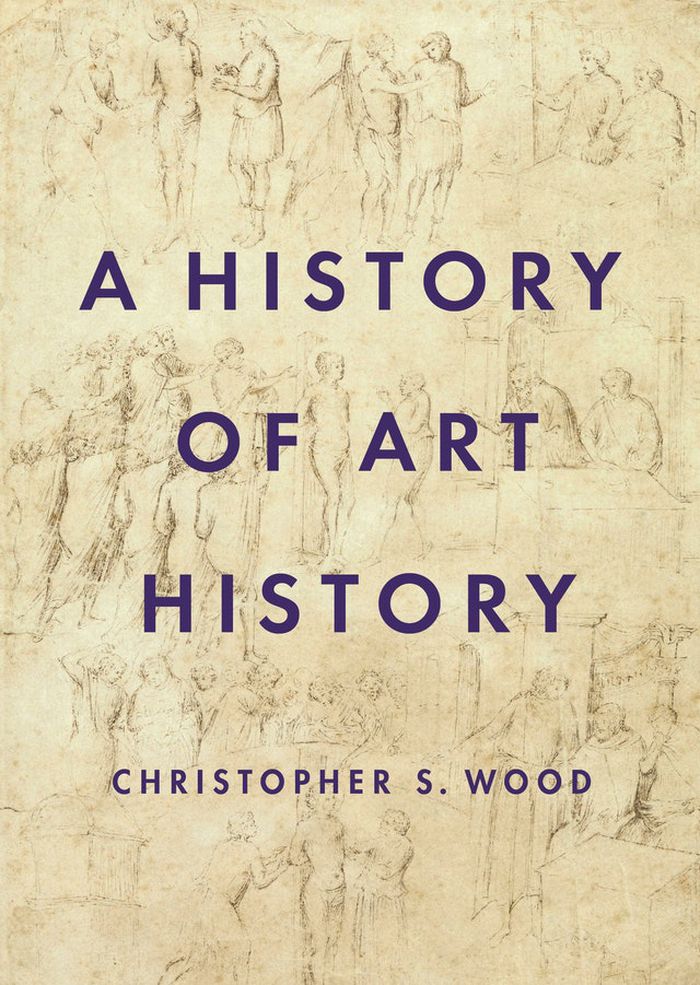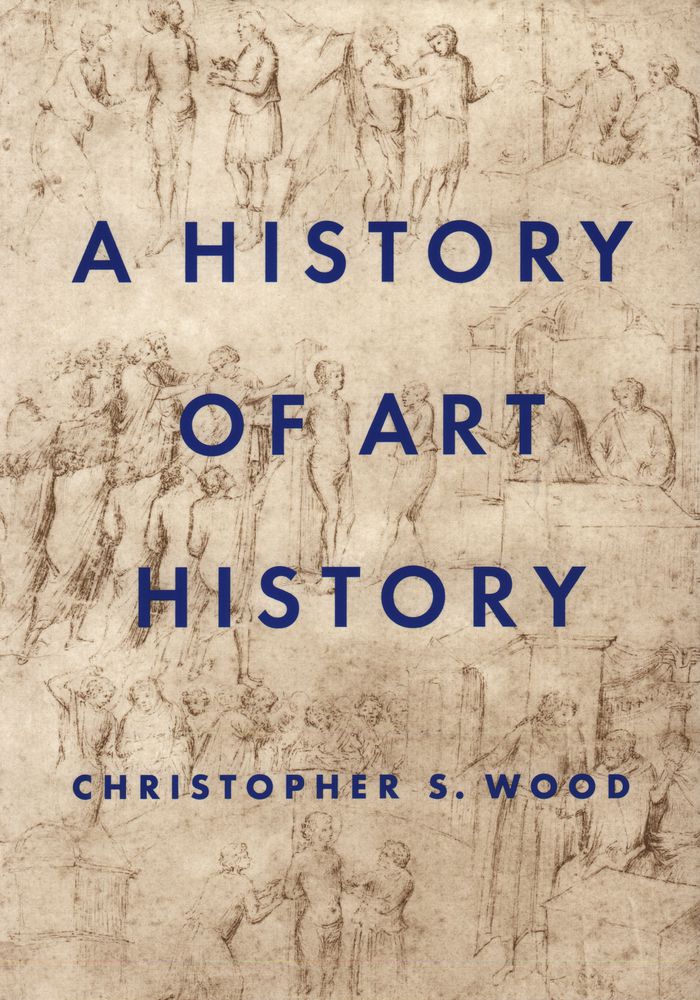livres
$48.00
(disponible sur commande)
Résumé:
This book introduces to an English-language audience the writings of the so-called New Vienna School of art history. In the 1930s Hans Sedlmayr (1896-1984) and Otto Pächt (1902-1988) undertook an ambitious extension of the formalist art historical project of Alois (...)
The Vienna School reader : politics and art historical method in the 1930s
Actions:
Prix:
$48.00
(disponible sur commande)
Résumé:
This book introduces to an English-language audience the writings of the so-called New Vienna School of art history. In the 1930s Hans Sedlmayr (1896-1984) and Otto Pächt (1902-1988) undertook an ambitious extension of the formalist art historical project of Alois Riegl (1858-1905). Sedlmayr and Pächt began with an aestheticist conception of the autonomy and irreducibility of the artistic process. At the same time they believed they could read entire cultures and worldviews in the work of art. The key to this contextualist alchemy was the concept of "structure," a kind of deep formal property that the work of art shared with the world. Sedlmayr and Pächt's project immediately caught the attention of thinkers like Walter Benjamin who were similarly impatient with traditional empiricist scholarship. But the new project had its dark side. Sedlmayr used art history as a vehicle for a sweeping critique of modernity that soon escalated into nationalist and outright fascist polemic, even while Pächt, a Jew, was forced into exile. Sedlmayr and the whole scholarly project of Strukturanalyse were sharply repudiated by Meyer Schapiro and later Ernst Gombrich. After an introductory essay, the book opens with two selections from Riegl. The next section includes two essays by Sedlmayr, two by Pächt, and one each by Guido Kaschnitz-Weinberg and Fritz Novotny, all dating from the 1930s. The book closes with the divergent responses of Benjamin (1933) and Schapiro (1936). The difference of opinion between these two key voices raises again the question of the legitimacy and effectiveness of the method, and reveals the analogies between the New Vienna School project and the antiempiricist cultural histories of our own time. The book also contains an extensive bibliography.
livres
janvier 1900, New York
Théorie de l’architecture
A history of art history
$35.00
(disponible sur commande)
Résumé:
In this book, Christopher S. Wood tracks the evolution of the historical study of art from the late middle ages through the rise of the modern scholarly discipline of art history. Synthesizing and assessing a vast array of writings, episodes, and personalities, this account of the development of art-historical thinking combines erudition with clarity, and contributes to(...)
A history of art history
Actions:
Prix:
$35.00
(disponible sur commande)
Résumé:
In this book, Christopher S. Wood tracks the evolution of the historical study of art from the late middle ages through the rise of the modern scholarly discipline of art history. Synthesizing and assessing a vast array of writings, episodes, and personalities, this account of the development of art-historical thinking combines erudition with clarity, and contributes to the understanding of art history.
Théorie de l’art
A history of art history
$42.95
(disponible sur commande)
Résumé:
Christopher Wood tracks the evolution of the historical study of art from the late middle ages through the rise of the modern scholarly discipline of art history. Synthesizing and assessing a vast array of writings, episodes, and personalities, this account of the development of art-historical thinking will appeal to readers both inside and outside the discipline.
A history of art history
Actions:
Prix:
$42.95
(disponible sur commande)
Résumé:
Christopher Wood tracks the evolution of the historical study of art from the late middle ages through the rise of the modern scholarly discipline of art history. Synthesizing and assessing a vast array of writings, episodes, and personalities, this account of the development of art-historical thinking will appeal to readers both inside and outside the discipline.
Théorie de l’art

